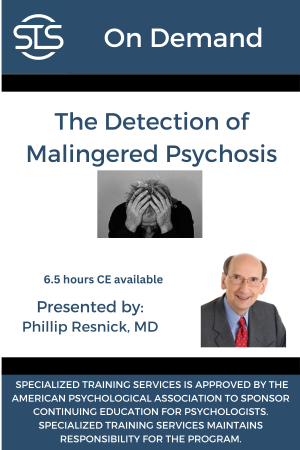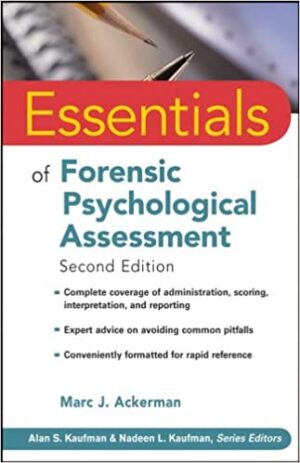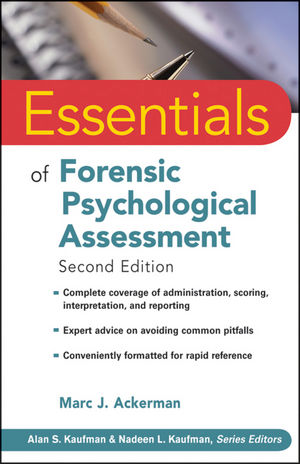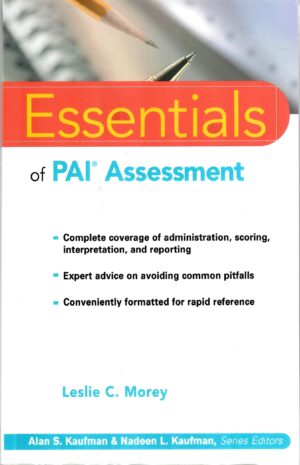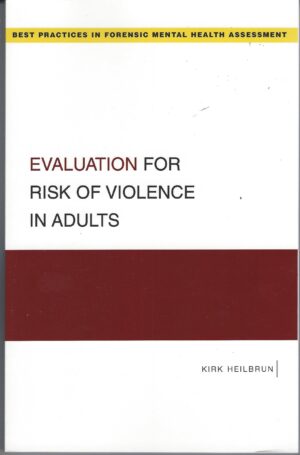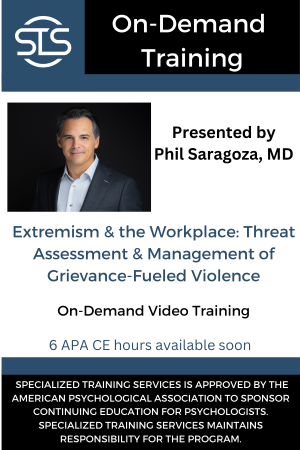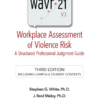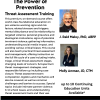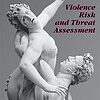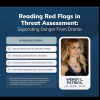Dependent and Avoidant Personality Disorders (3.5 Hours)
$29.99This program presents empirically-derived life span models of dependent personality disorder (DPD) and avoidant personality disorder (APD). Developmental antecedents of DPD and APD are described, and the impact of gender, culture, and age on the expression of dependent and avoidant traits are discussed. Following an overview of the DSM-IV-TR DPD and APD criteria, well-validated interview, questionnaire, and projective instruments for assessing dependent and avoidant traits are reviewed. Treatment issues in therapeutic work with DPD and APD patients are discussed in detail, emphasizing four domains (cognitive, affective, motivational, behavioral) where therapeutic interventions may be targeted. A broad range of therapeutic strategies are outlined, with each strategy linked to the psychological domains where it has been shown to be most effective.
Workshop Content
- Developmental antecedents of dependent and avoidant personality disorders
- Evolution of dependent and avoidant traits across the life span
- Differences between normal and pathological manifestations of dependent and avoidant behaviors
- Strengths and limitations of the DSM-IV-TR avoidant and dependent personality disorder symptom criteria
- Diagnosis of dependent and avoidant personality disorders in various patient groups
- Interview, questionnaire, and projective measures of dependent and avoidant personality traits
- Treatment strategies for inpatient and outpatient work with dependent and avoidant patients
On Demand Video
This is the NON-CE Version (Video Only; no certificate). To purchase the Continuing Education version (with exam and certificate) or if you need a certificate for your employer, CLICK HERE”
Presenter: Robert Bornstein, Ph.D.
Venue: Live Conference Presentation
Location: San Diego, CA
$29.95 (Video Only)
This has been approved for 3.5 APA, SHRM, or ASIS Continuing Education hours/credits.



Specialized Training Services is approved by the American Psychological Association to sponsor continuing education for psychologists. Specialized Training Services maintains responsibility for this program and its content. AI was not used in the development of this program or any of its content.
Specialized Training Services, Inc. is recognized by SHRM to offer Professional Development Credits (PDCs) for SHRM-CP® or SHRM-SCP® recertification activities.


